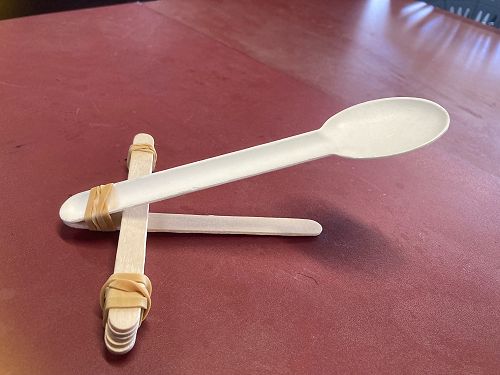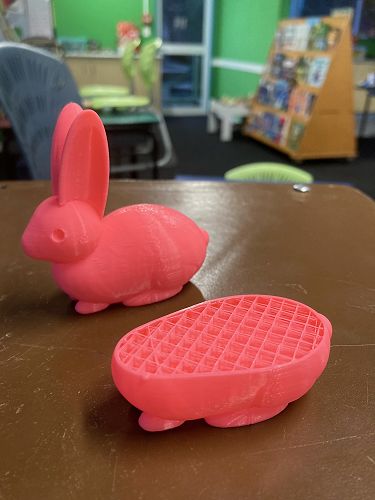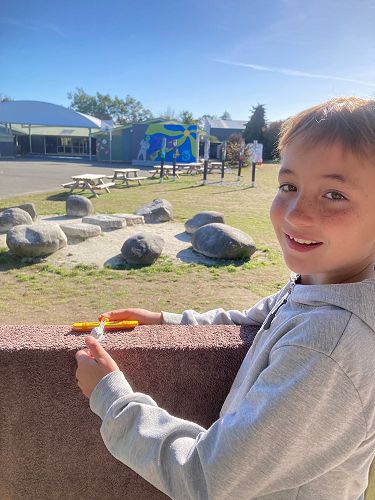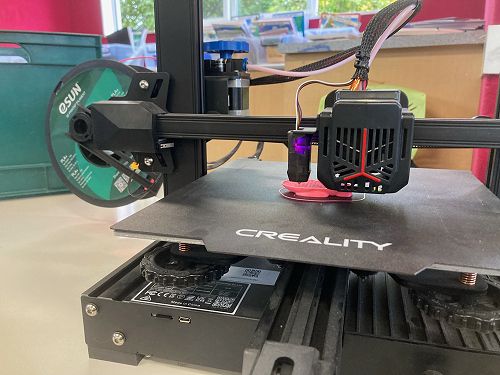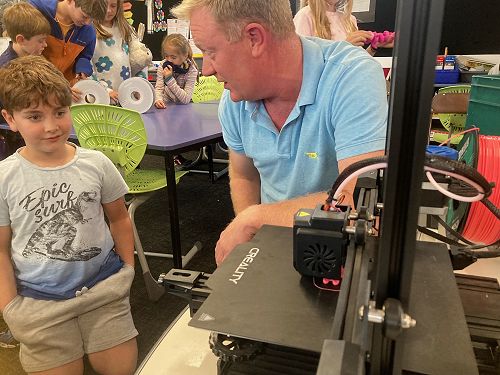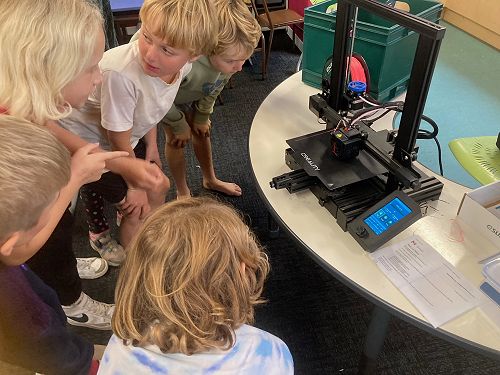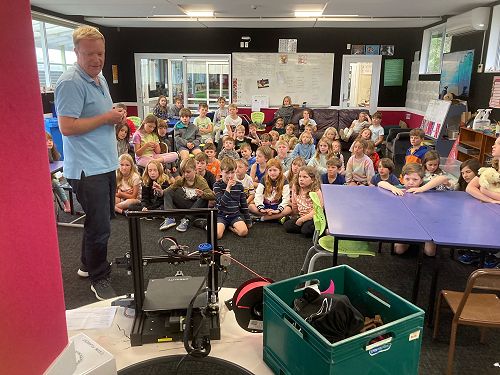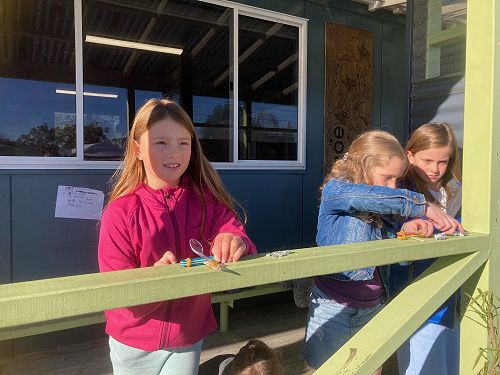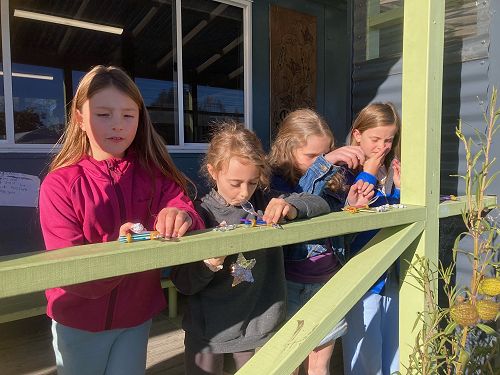
Catapulting Coolness in Middle Team Science.
As part of our schoolwide investigation into toys, we have been building mini catapults in science
With 6 popsicle sticks, 3 rubber bands and a plastic spoon you can make a super fun mini version of what was once a deadly weapon, first invented by the Ancient Greeks in 400 BCE. Instead of hurling rocks, our catapults shot balls made out of tin foil and boy, could they fly!
A catapult is actually a lever which is a simple machine that helps us lift things up. Levers are made up of a beam (like a plank) and a fulcrum. The fulcrum is the point on which the beam pivots or moves. When a force called effort is added to one end of the lever the object being lifted called the load moves upward like a seesaw.
With our catapults, the beam is a plastic spoon, the load is the tin foil ball, and the fulcrum is a stack of popsicle sticks held together by rubber bands. The effort is when we push down with our fingers on the end of the spoon. Then we let go and…Fire! Boingggg!
Hey Presto - 3D Printing!
The middle team was also very lucky to have a special visit from a switched on IT guy named Russell, who is Zara’s Dad. Russell had a special machine called a 3D printer that creates amazing 3 dimensional objects like this amazing bunny toy!
The 3D printer uses a plastic like thick string that is actually made out of sugar cane. This is great for the environment because the toy will eventually break down into the earth when it is thrown out and taken to the tip.
The sugar cane string is then melted and pours out the ‘nozzle’ of the printer into the shape of a bunny. Luckily, the string dries quite fast. The bunny is made very gradually layer by layer from the bottom to the top. The 3D printer knows how to make a bunny because it gets instructions from its own computer that tells it exactly what goes where. You can see the bunny is made strong by the criss cross shapes on the inside.
Russell told us 3D printers are being used to make amazing things all over the world. They can shape things with plastic, carbon fibre and metals to make toys, tools, building materials and even replacement body parts!
Thanks Russell for showing us your clever machine!
Gallery
